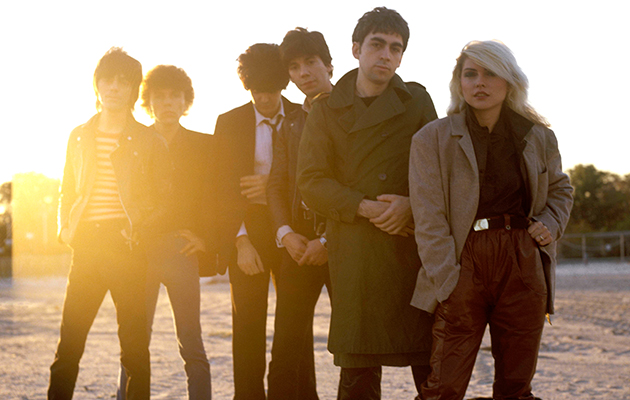
Ever since Debbie Harry was a teenager, growing up in New Jersey, she has valued an alternative-career fantasy. “My intention was to find something different,” she explains. “To not feel that being a housewife in New Jersey was the end-all and be-all of my life. I was very determined to discover who I was.” To achieve this, Harry moved to New York in 1965. “I loved listening to radio, I always had my head in the speaker,” she says. “My overall plan was to satisfy my urge to do music, in some way.”
Harry served an apprenticeship as a back-up singer with a folk rock band, Wind In The Willows. While they recorded their self-titled debut at Midtown’s Century Sound Studios during 1967, Chris Stein was experiencing “a one-off, weird fluke” on the Upper East Side. Stein and his band – “we didn’t really have a name, it was just my friends and me from Brooklyn playing blues rock” – found themselves supporting the Velvet Underground at Sokol Hall, aka The Gymnasium, which served the neighbourhood’s Czech community. “They were rehearsing for a tour,” says Stein. “Maureen Tucker was very nice. She let us turn her bass drum right-side-up and they let us use their amps.”
As the 1960s came to a close, Harry’s experiences in New York began to sour. “I was at the mercy of unsavory people,” she explains. She left Wind In The Willows, worked as a waitress at Max’s Kansas City and a Playboy bunny, briefly became addicted to heroin, before leaving the city. She returned the following year, tempted back by “heavy glam and glitter”.
As Stein remembers it, he attended the first show by the Stilettoes: the band Harry formed with Elda Gentile and Amanda Jones. Both Harry and Gentile were regulars at Max’s; the band’s line-up included future members of Blondie’s earliest line-up, Fred Smith and Billy O’Connor. “It was at a little bar downstairs near where Elda lived with Holly Woodlawn,” says Stein. “Debbie was really great, I thought she was terrific and very striking, even back then.”
“I remember seeing the Stilettoes,” says Lenny Kaye. “They were really interesting pastiche of classic girl group harmonies and somewhat theatrical presentation. They dressed the part, as they say. They had a great stage presence. I know that is when Chris joined the band and as the Stilettoes imploded – as band’s will – Debbie and Chris went on their own.”
Clem Burke first met Harry and Stein at Club 82, on East 4th Street in the East Village. “I had a band at the time, a glam rock band, and we used to play there once or twice, too,” he says. “Club 82 was a drag bar that had been going since the ‘40s or ‘50s,” continues Stein. “It was downstairs. Very old school. It looked like a David Lynch movie: curtains and fake tropical palm trees in the corners.”
According to both Stein and Burke, venues like Club 82 and the Mercer Arts Centre – which collapsed in August, 1973 – provided a critical outlet for the city’s live music. “I first went there to see the New York Dolls, because I’d read something in The Village Voice that compared David Johansen to Mick Jagger,” says Stein. Burke views this period very much as one of transition: “a changing of the guard,” according to the drummer, where the scene centred around the New York Dolls and the Mercer Arts Centre was dissipating. “The New York Dolls were inspiration for everybody across the board. But that scene ended and people were regrouping. It was a very creative time. It’s interesting, Club 82 was directly round the corner from CBGB.”



